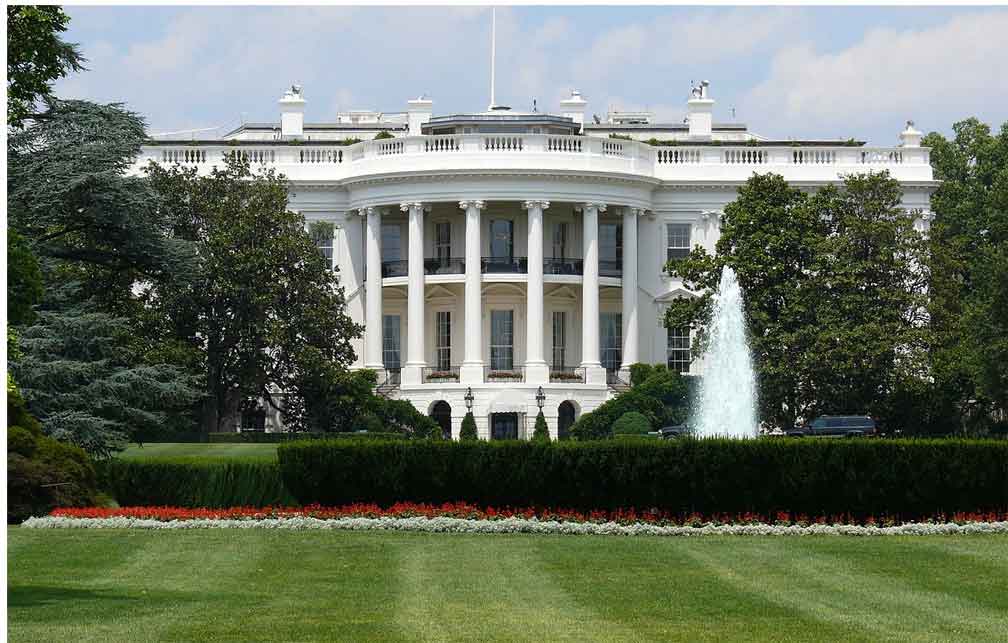President as a Chief of State

The White House
Article I, Section 7 of the Constitution gives the president the power to veto a bill passed by Congress. When the President vetoes a bill, it is returned to the Congress. If two thirds of both the House of Representatives and the Senate vote to override the veto, the bill becomes law without presidential approval. If they do not, then the bill dies.
The President’s power to veto legislation provides him with extraordinary power to influence legislation. The Congress will usually compromise with the President instead of presenting him with legislation they expect him to veto. For the first 50 years of the nation, the presidents only vetoed legislation that they believed to be unconstitutional. Since that time, Presidents have used their veto power when they disagreed with policy.
The President can veto legislation in two ways. The President has ten days to sign a bill. If he does nothing, it becomes law. If he sends the bill back, it does not. When vetoing a bill, the president sends it to whichever house of Congress originated the bill with a list of his objections. Congress can then either revise the bill and resubmit it, or override the veto with a two-thirds vote in both houses of Congress. If Congress passes legislation in the last ten days of a Congressional term, the President can engage in what is called a “pocket” veto. In this case, the bill does not become law unless the President actually signs it.
For a number of years, many have supported giving the President the right to issue line item vetoes. A line item veto would allow the President to veto one item in a budget bill without vetoing the complete bill. Those supporting the line item veto believe it would give the President the power to eliminate wasteful spending. In 1995, the Congress approved the line item veto for the president. It has been challenged in the courts and, in April 1997, a federal judge found the line item veto unconstutional
.
 >
>